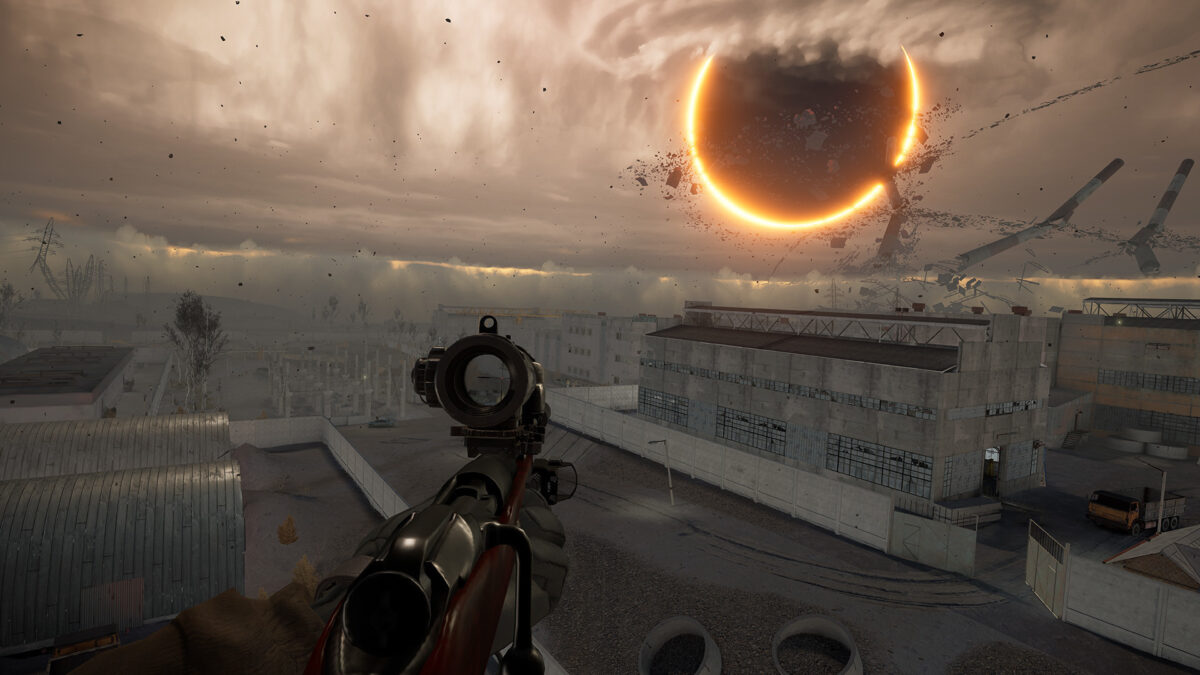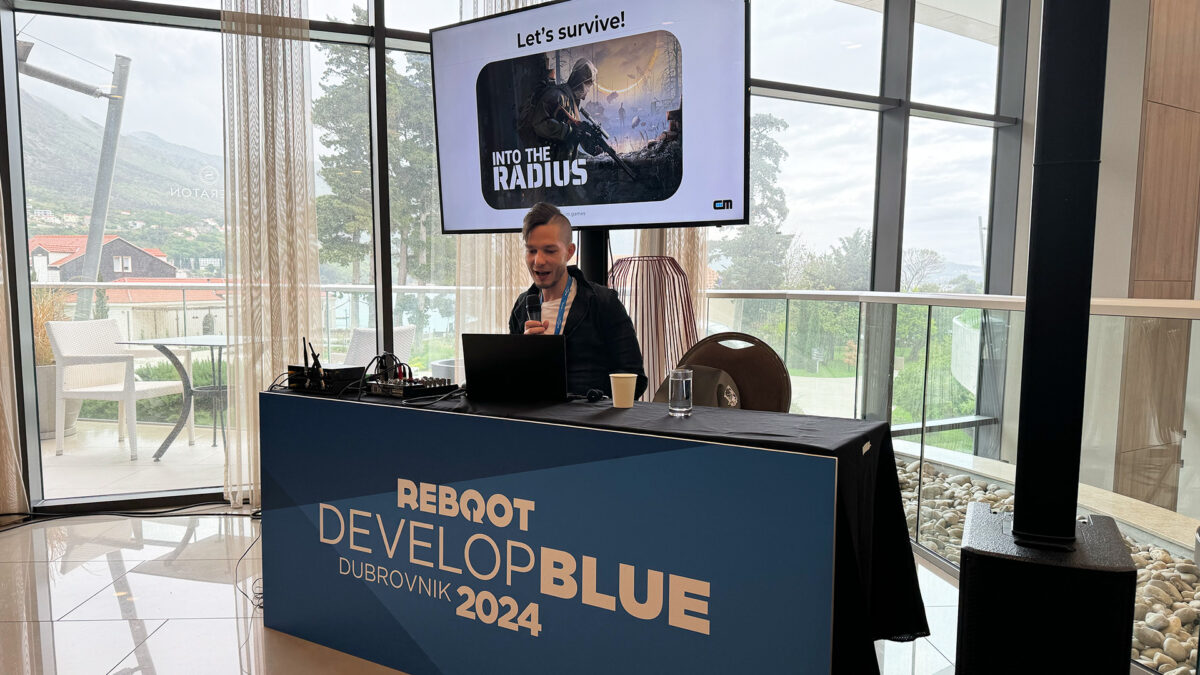Into The Radius: How the survival shooter became one of VR's biggest hits

Over the past few years, Into The Radius has grown from an R&D experiment to one of VR's most popular games. MIXED spoke with Sergei Kharchenko of CM Games about how the franchise came to be and where it's going next.
I met Kharchenko last week at the Reboot Develop Blue 2024 developer conference in Dubrovnik, where the VR evangelist and bizdev specialist from CM Games was speaking about Into The Radius.
CM Games is not a fledgling VR startup, but a large studio specializing in mobile games. It employs about 140 people and has 13 years of development experience. The Estonian studio's portfolio includes well-known brands such as Drag Racing and Nitro Nation and has reached 450 million players. How does such a studio come to expand into the VR niche?
Kharchenko tells me that Into The Radius grew out of the studio's R&D department. "Our first VR game was born as an experiment, a passion project of one person."
A community-driven approach to game development
The setting and mood of Into The Radius is reminiscent of GSC Game World's S.T.A.L.K.E.R. trilogy, and not by accident: Into The Radius is inspired by the same science fiction novel, Roadside Picnic (1971), in which daring treasure hunters, known as Stalkers, venture into a dangerous zone riddled with physical anomalies to recover valuable artifacts.
The game has a long development history. Prototype development began in the spring of 2017, at a time when the studio had no previous experience in VR. The team grew slowly, and in late 2019, the VR game was released on Steam in early access.
The game initially received mixed reviews. The team set out to read all the player reviews and implement the wishes of their fans. Even before that, CM Games began building a community around the game and engaging with fans. All of this helped improve the reviews.
"The community is the main engine of the game's success," says Kharchenko.
The birth of a mascot
In his talk, he cited a number of examples that illustrate the community-driven development philosophy that CM Games applied to Into The Radius. One of the most interesting examples is that of the game's unofficial mascot, Pecho.
The Zone's dark tentacled creature was supposed to attack players, but a bug prevented it from doing so. When the developers fixed the bug, the fans protested. They liked the creature, saw it as a sort of pet of the Pechorsk Zone, and demanded that the change be reversed. The studio complied and turned the bug into a feature. The creature was then dubbed "Pecho" by the community and has appeared in numerous memes and videos ever since.

Sergei Kharchenko giving his talk at Reboot Develop Blue 2024. | Image: MIXED
When asked about the differences between the mobile and VR communities, Kharchenko says that he finds the latter to be more understanding and supportive. The same goes for interactions with the VR developer community, which he describes as passionate, positive, and almost familial.
PC VR audience nearly as large as the Quest audience
In July 2022, Into The Radius left early access, and in September 2022, a VR port of Meta Quest 2, developed by an outside studio, was finally released.
The SteamVR version has sold more than 100,000 copies, and according to Kharchenko, the PC VR audience is almost as large as the Quest audience, which is unusual, even considering that the PC VR version has been on the market for more than twice as long.
Like the first game, Into The Radius 2 will be released on Steam in early access to allow for community feedback.
Into The Radius 2 will be bigger and more narrative-driven, with co-op support for up to four players for the first time. Kharchenko says that unlike the first game, the sequel will be designed from the ground up for multiple VR platforms.
What was once a one-man project has now grown into a team of about 25 developers, Kharchenko tells me.
The growth is justified by the success of the first game and the anticipation for the sequel. The new game has already been wishlisted by more than 100,000 players. "This is a big sign of trust," says Kharchenko.
Into The Radius 2 will be released in Early Access on Steam in the summer of 2024.
The original game is available on the Horizon Store for Quest 2, 3 and Pro, the Pico Store for Pico 4, and on Steam, the Rift Store and Viveport for PC VR headsets. For more information on the game, visit the official website.
Note: Links to online stores in articles can be so-called affiliate links. If you buy through this link, MIXED receives a commission from the provider. For you the price does not change.